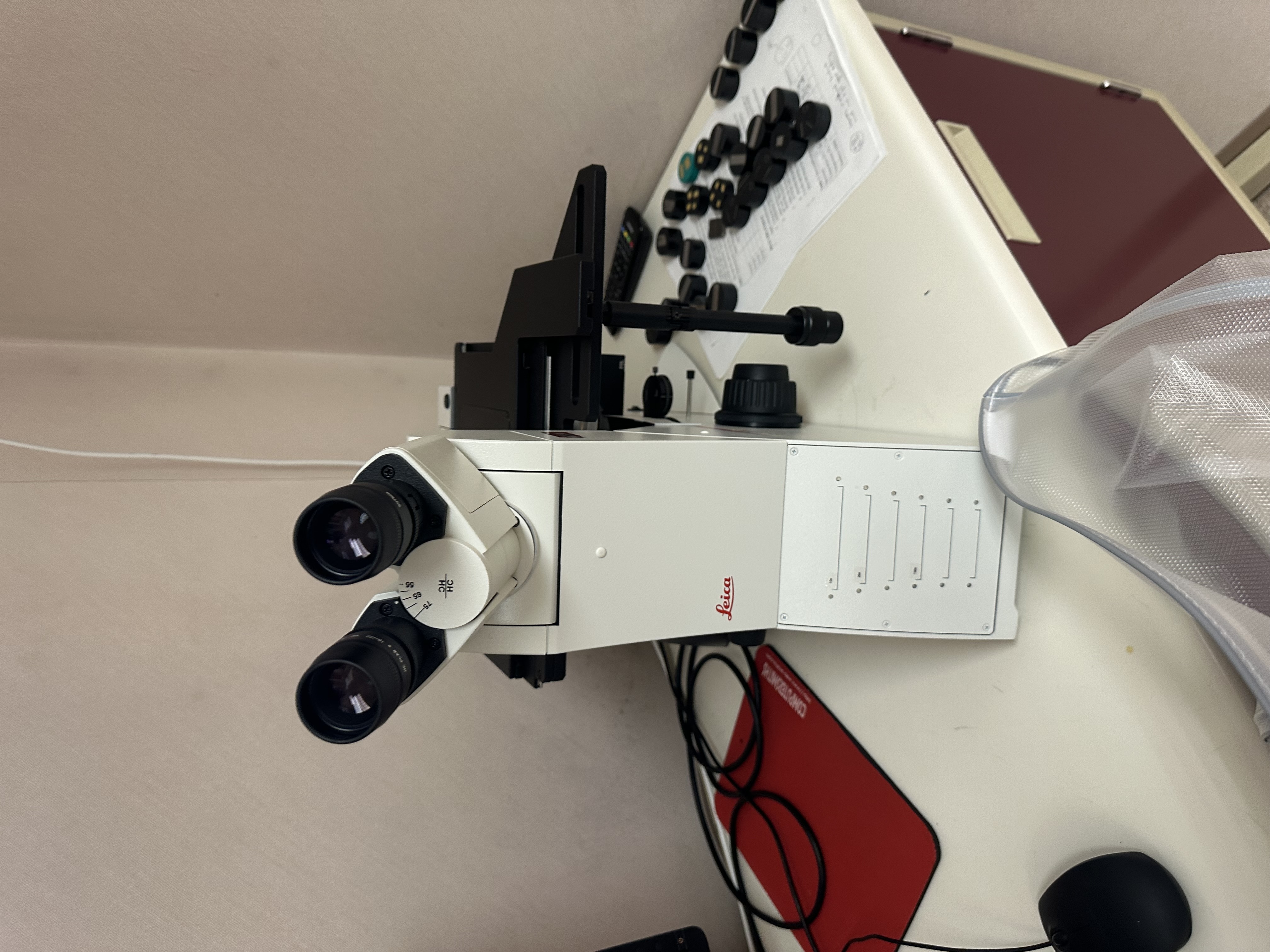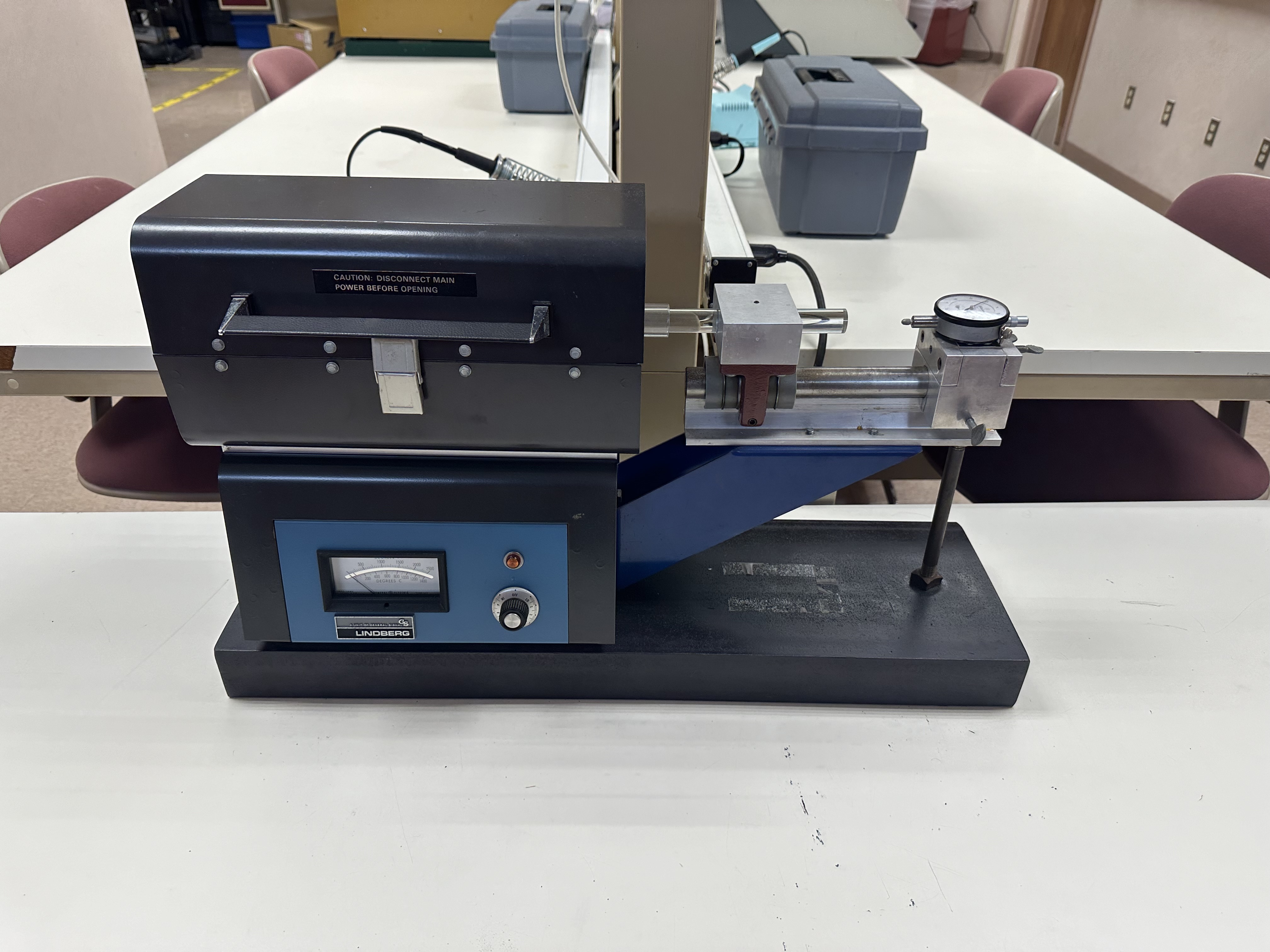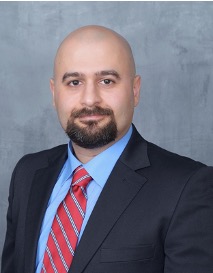|
Welcome to the Fatigue Testing & Advanced Manufacturing Lab (FTAM LAB)
|
|
|
• Metal Fatigue
• Fracture Mechanics
• Additive Manufacturing
• Multiaxial Fatigue
• Failure Analysis
• Materials Mechanical Behavior
|
• Fatigue of Polymers
• Biomedical Implant Design
• Mechanical Behavior of Bone
• Composite Materials
• Damage Mechanics
• Mechanical Design
• Experimental Mechanics
|
|
Assistant Professor of Mechanical Engineering |
|
|
Ebrahim Seidi, Ph.D. Assistant Professor of Mechanical Engineering |
|
MONOTONIC TESION TESTING
Basic mechanical properties of materials can be obtained using a simple monotonic
tension test. Properties such as elastic modulus, yield strength, ultimate strength,
fracture stress, ductility, and elongation at break.
FATIGUE TESTING
Fatigue Testing measures the ability of samples to withstand the application of repeated
load cycles to determine their stress limit with the corresponding life.
FRACTURE TOUGHNESS TESTING
Fracture Toughness Testing provides information about a material’s resistance to crack
extension under a steadily increasing load.
FATIGUIE CRACK GROWTH TESTING
Crack growth testing involves subjecting materials to cyclic loading conditions to
analyze the propagation rate of cracks, providing critical data for assessing the
fatigue resistance and durability of the material.
HARDNESS TEST
Perform indentation on the sample, creating permanent deformation, to evaluate the
material’s strength, ductility, and wear resistance.
FRACTOGRAPHY
Evaluate the fracture surface of the sample to determine the cause and analyze the
failure in the engineering structure.
FRACTURE TOUGHNESS TESTING
Also known as the stress-relaxation test. Supply a constant load at a constant temperature
over a period of time to determine the strength and heat resistance of a sample’s
material.
1. FATIGUE TESTING SYSTEM
EHF-E SERVOPULSER, 50KN, ± 50 mm from Shimadzu
Features include:
2. ROTATING BENDING
3. OPTICAL MICROSCOPE
4. HARDNESS TESTER
5. INFRARED CAMERA




|
|
Mohammad Amjadi, Ph.D. Assistant Professor of Mechanical Engineering |
 |